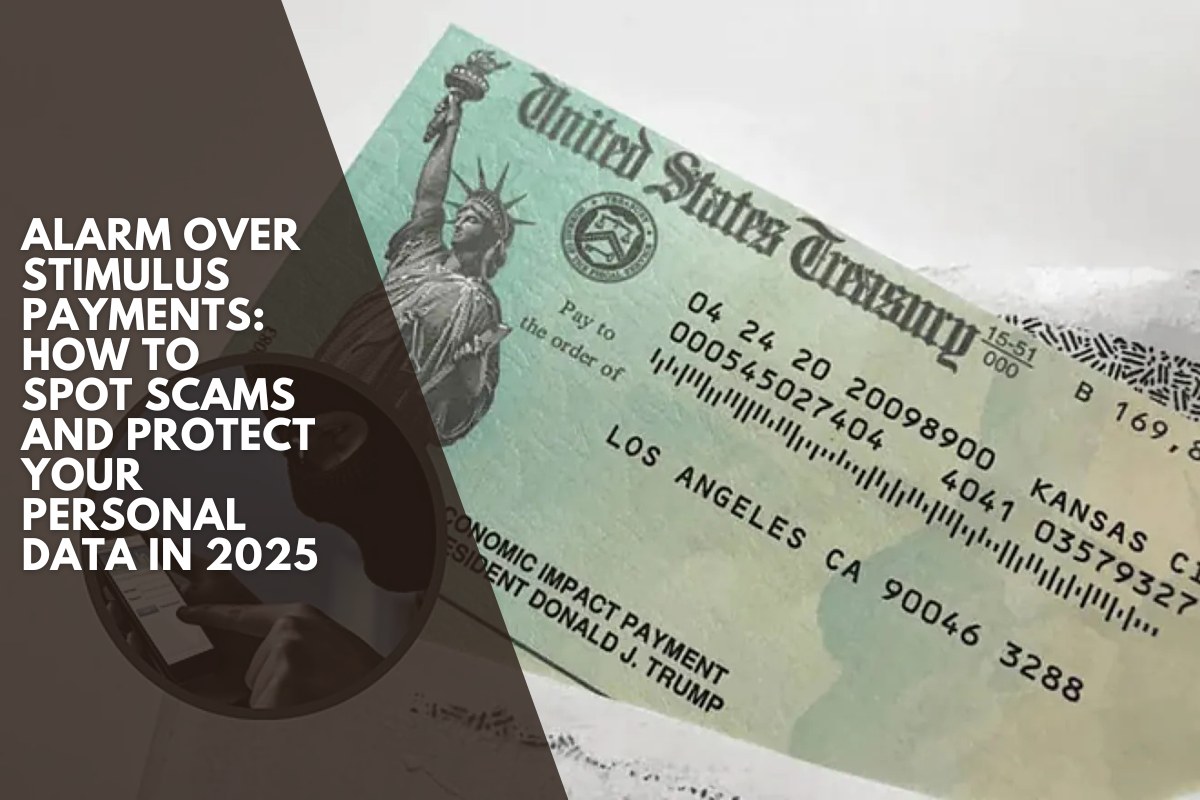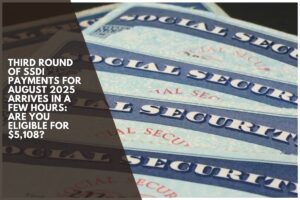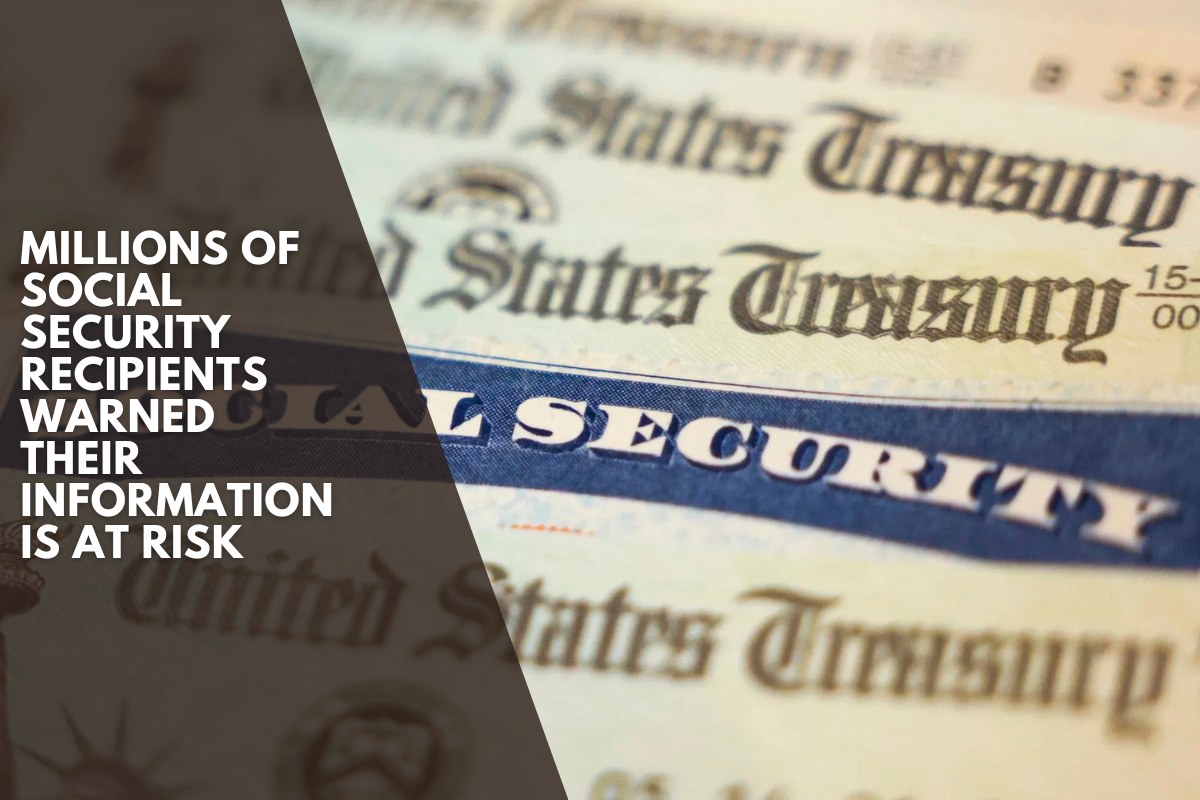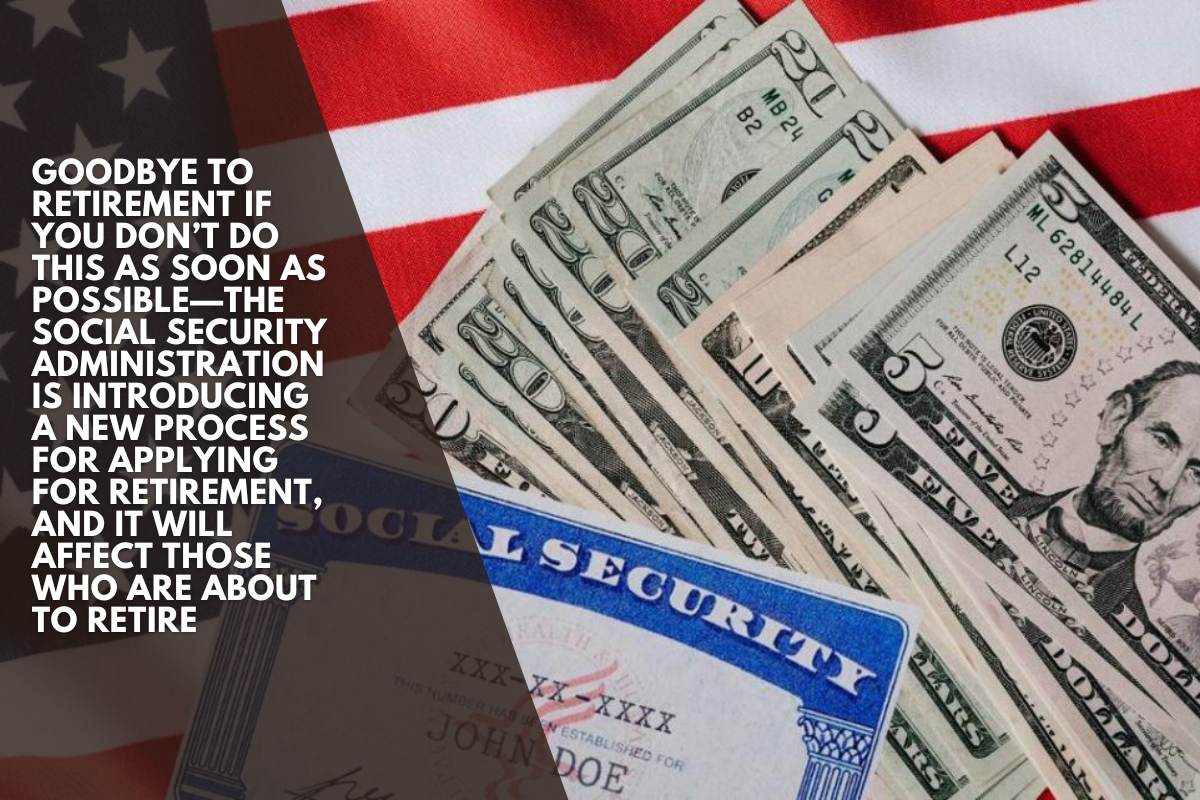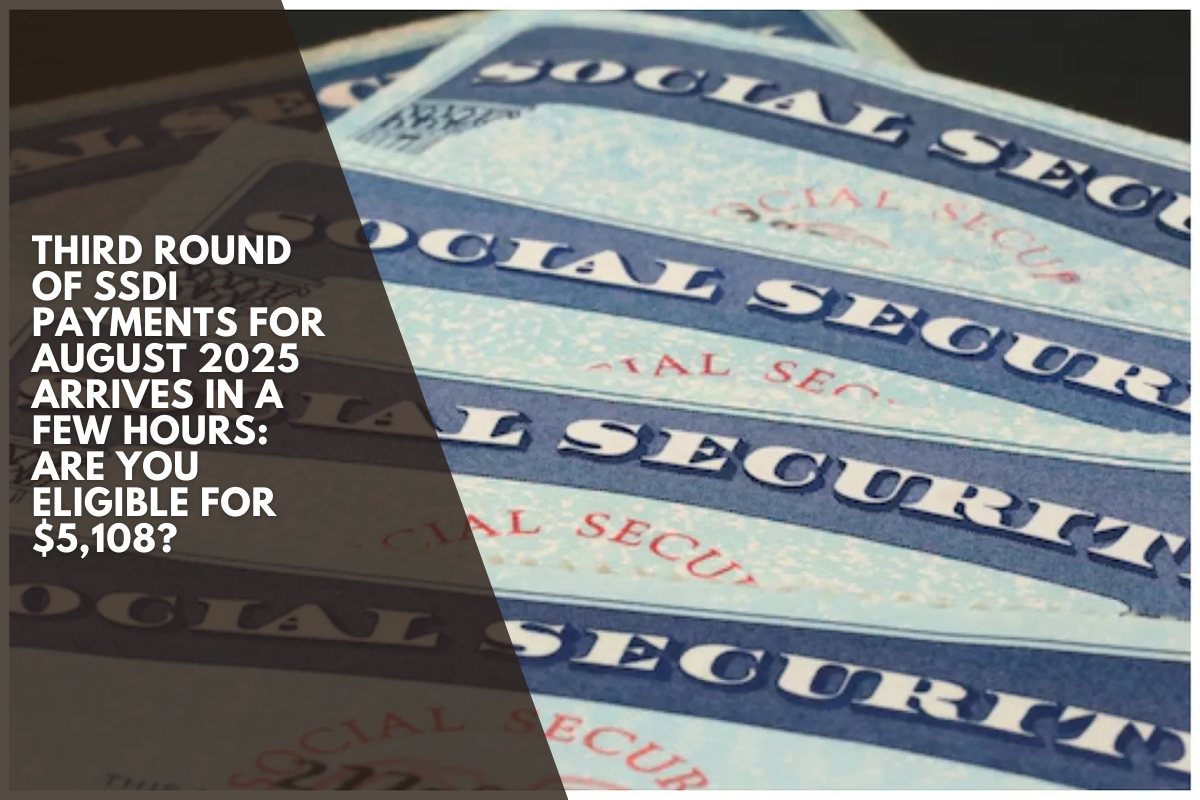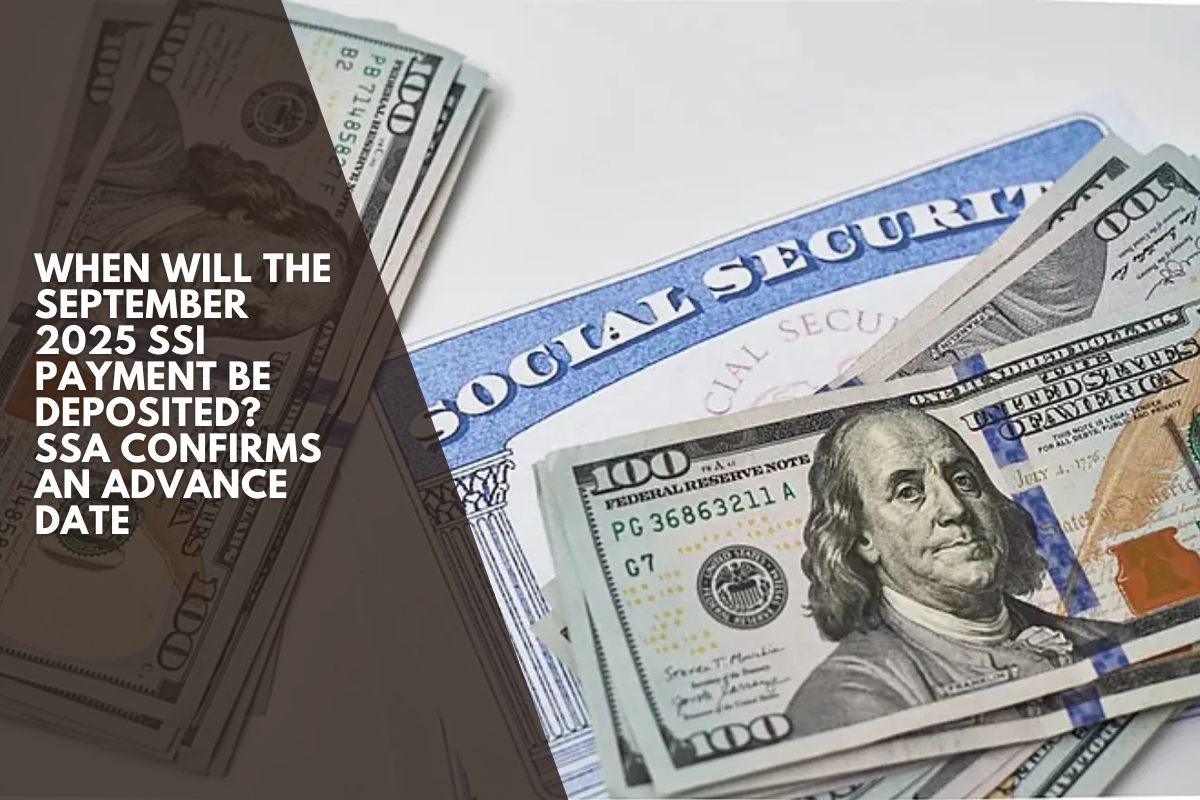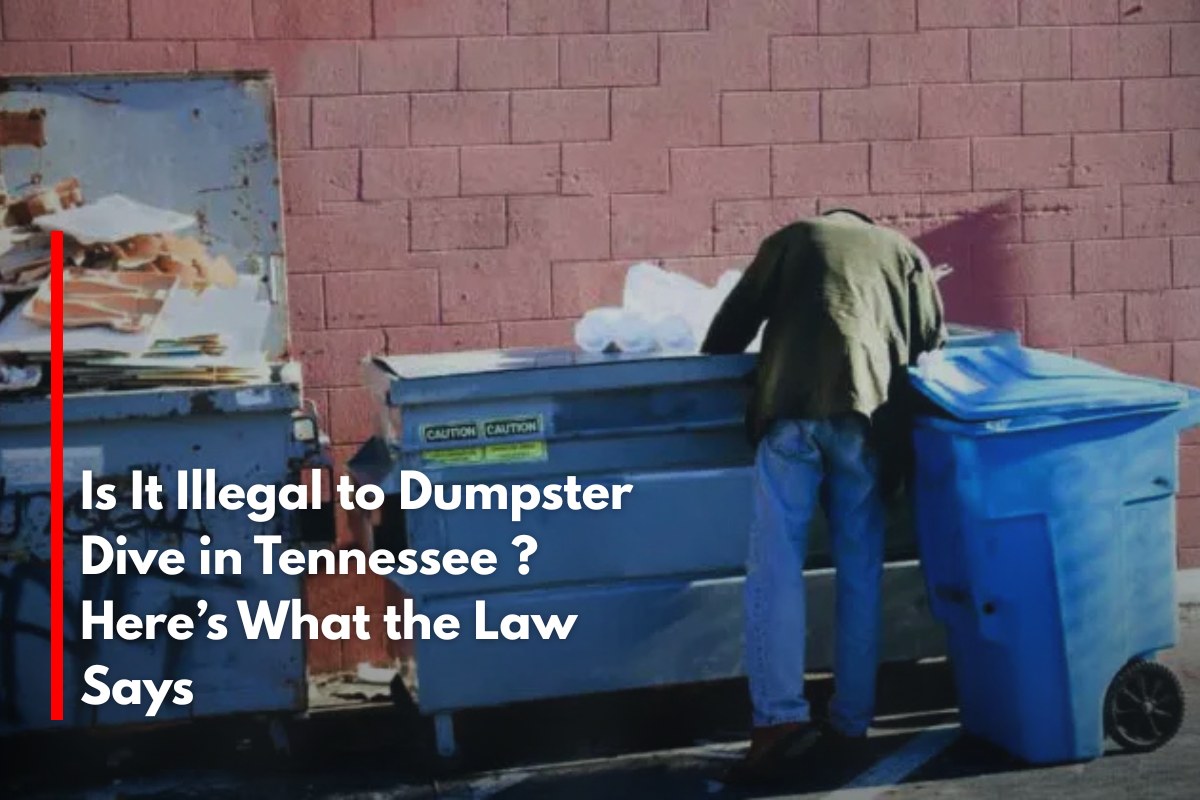The United States government’s programs that seek to assist citizens with economic issues by providing stimulus checks are in high demand and have been extremely beneficial in dealing with inflation problems.
There are several plans to assist residents, which are delivered month by month based on the completion of certain requirements to apply for benefits. However, some people take advantage of this.
Although information about each government program is available on its official website, many people are unaware of the subject and are often misinformed about the types of aid available and how to apply. This leads to scams and deceptions that can waste time and money, so understanding how things work is critical.
Here are the most common scams and how to spot them
How can you tell if a check is fake?
One of the most common scams is receiving an email from a scammer asking you to return money. The check sent to the victim will bounce and be insufficient funds, but the plan is for them to return some of the remaining funds. It is critical to understand that the government will NEVER ask you to return money.
How can you tell if a call is fake?
Phone scams are common in the United States, and on this occasion, the scammers intend to impersonate IRS employees and request personal information in exchange for a check. It is important to understand that the IRS will never contact you in this manner to offer money.
How to detect social media scams about stimulus payments?
Another common practice is to create portals on social media or to communicate directly with employees via internal channels. Scammers will send you a link to enter your information and check the status of your benefits, which is false. You will never be officially contacted via social media.
Preselection Scam
Another common method of deception is to contact people via email, phone call, or text message and claim that they have been pre-selected to receive a stimulus payment and must click on a link to confirm this. This is also completely false.
